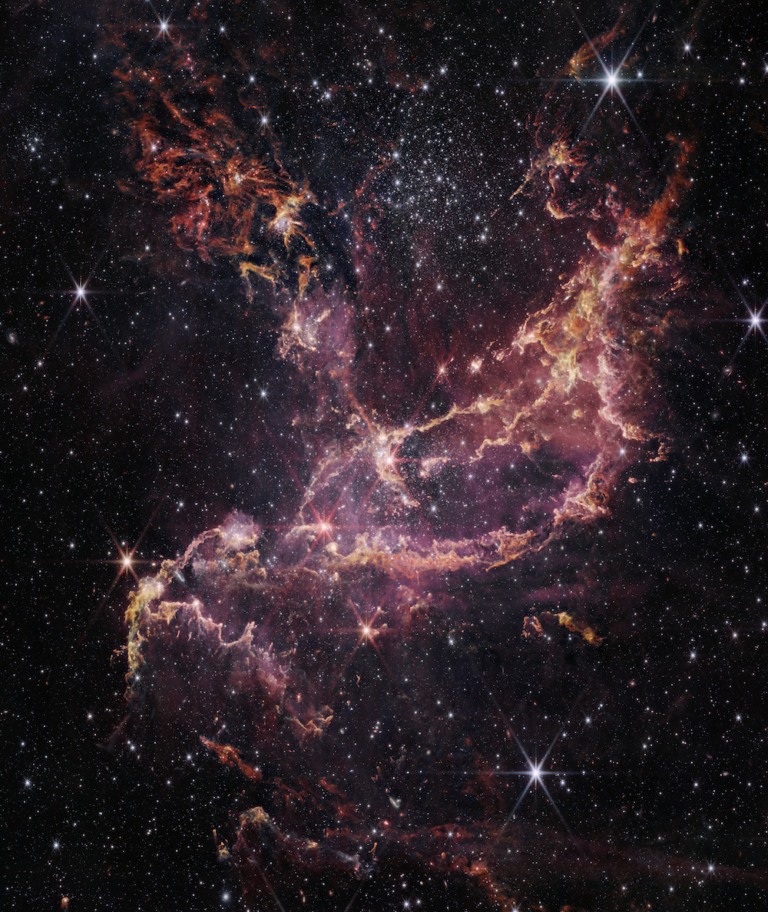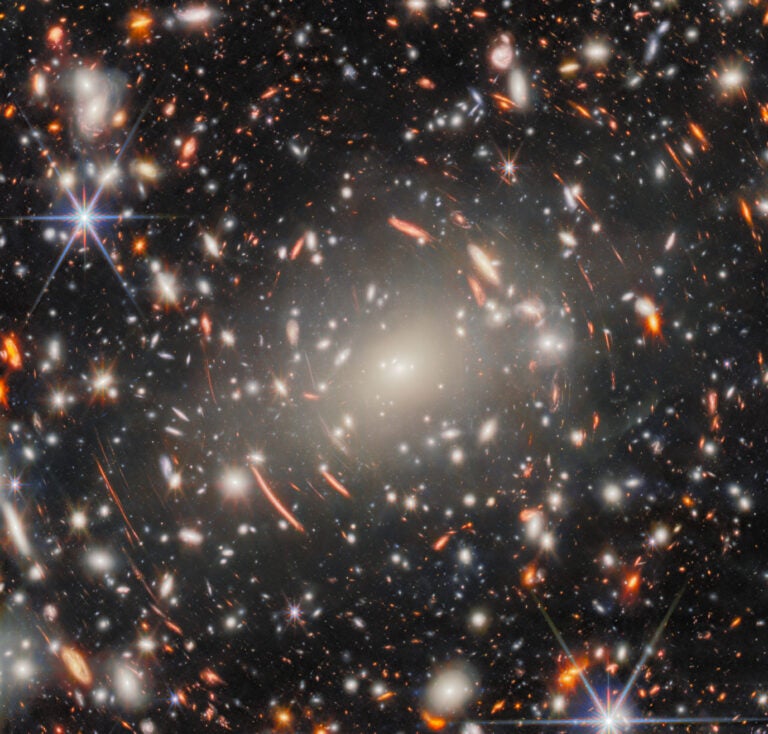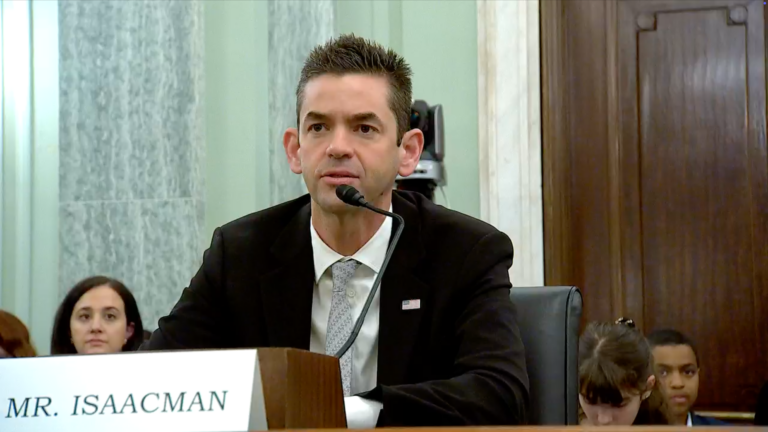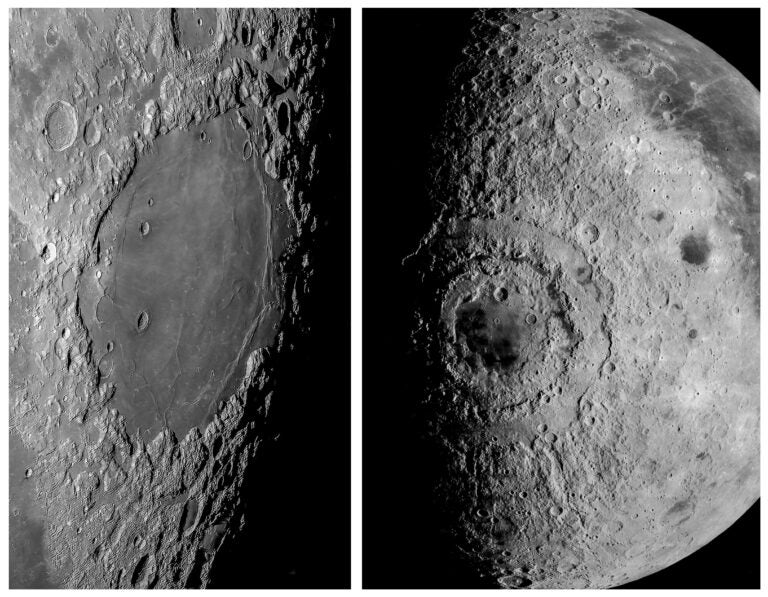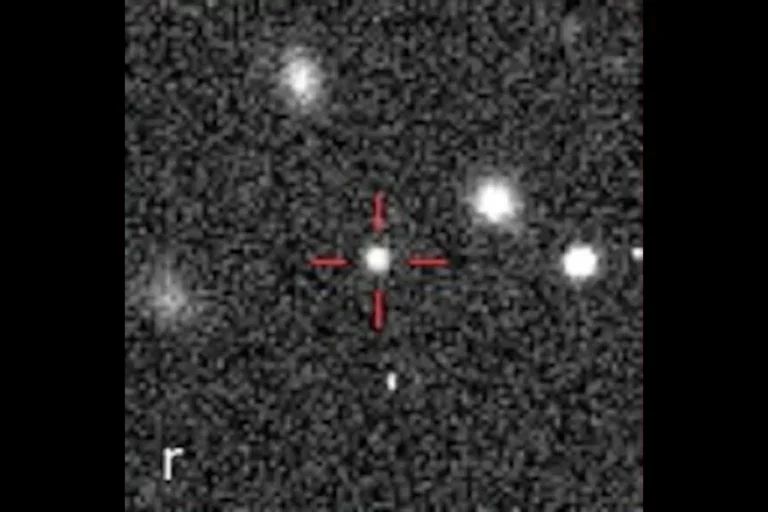
Our universe is filled with particles, such as electrons and protons, which make up all the stuff on our planet and beyond: animals, plants, people, planets, asteroids, stars, gas clouds, and galaxies.
Antimatter was first discovered in 1928 by physicist Paul Dirac, but it wasn’t through any experiment. Instead, he was working to blend the theories of quantum mechanics with special relativity. When he finally discovered a relativistic version of quantum theory, he found that it naturally predicted the existence of antiparticles: particles with the same properties as normal matter, but having the opposite charge.
Just a few years later, in 1932, Carl D. Anderson produced the first anti-electrons, named positrons, in the laboratory.
Today, laboratory experiments around the world create and study antimatter. You’re likely familiar with the fact that it takes these massive, complex facilities to do so. That’s because for some reason, the universe we live in is dominated by normal matter, making antimatter much rarer in everyday life.
Or is it?
It turns out, the universe makes antimatter on a regular basis — although it still takes some work to do it.
Balance of nature
It turns out that almost all interactions between fundamental particle produce antimatter. That’s because there is an important symmetry of nature known as charge conservation. You can’t add or subtract electric charge from a process, so whatever total charge you have going in must be the same coming out. But because during interactions, particles can change identities and transform themselves, sometimes antimatter must be formed to keep everything balanced. For example, the positively charged proton can transform into a zero-charge neutron, but the reaction must then also make a (positively charged) positron to stay balanced.
Even light can create antimatter. A photon — a single bit of electromagnetic radiation — at sufficiently high energy can spontaneously convert itself into an electron-positron pair.
There is another much more prosaic source of antimatter in our everyday lives. You can even hold an antimatter generator in your hands. You just need a banana.
Bananas are rich in potassium, a vital nutrient. But there are many isotopes of potassium, containing the same number of protons in their nucleus, but a different number of neutrons. One in particular, potassium-40, is radioactive, with a half-life of about 30 days. And when potassium-40 decays, it naturally produces a positron as a part of the process.
Short lives, mostly
Despite their ease of creation, antimatter particles don’t stick around for long. That’s because when antimatter meets regular matter, both particles annihilate each other in a flash of energy equivalent to the masses of the particles involved. This actually makes antimatter annihilation the most efficient source of energy generation, with no loss whatsoever. If you could somehow gather just one gram of antimatter and get it to react with regular matter, you would release the energy equivalent of a mid-sized atomic bomb.
There are countless such annihilation events happening throughout the cosmos every single second (including in your banana). Thankfully, they only involve one antimatter-matter particle pair at a time, and it’s almost always a positron and electron, which are incredibly light, meaning these events are not destructive.
Pretty much every high-energy reaction in the cosmos produces antimatter. This includes supernovae, active galactic nuclei (accreting supermassive black holes), stellar collisions, and more. Because of the conservation of charge, for every electron and proton created, a positron and antiproton come into being. Most of these antiparticles are quickly swallowed up by the event that created them, smashing into their normal-matter counterparts and disappearing, but a few manage to stream away.
These antimatter particles become a small fraction of the larger population of cosmic rays, which are charged particles that stream through the wider universe. Every second of every day, antimatter particles strike Earth’s atmosphere, where they are instantly annihilated.
Imbalance of nature
The conservation of charge leads to a troubling problem: the fact that the observed universe is almost entirely composed of regular matter. If there were large pockets of antimatter — say, for example, an entire galaxy made out of antimatter — then we should have readily observed it by now, due to all the matter-antimatter collisions happening at its boundaries.
However, we see no evidence of antimatter on a large scale. This problem is known as baryon asymmetry — in the early universe, there must have been some physical process that broke the symmetry between matter and antimatter, violating the conservation of charge and producing more matter than antimatter.
The imbalance didn’t have to be much. For the total amount of matter that we observe in the universe today, there only had to be an imbalance of roughly one part in a billion following the Big Bang. Still, we have no known widely accepted explanation as to why even such a small imbalance arose. Presumably, conditions in the young universe were so extreme that it broke all kinds of modern-day rules, including charge conservation, but we can’t yet figure out how.
Baryon asymmetry remains an outstanding problem in physics. In the meantime, antimatter — both made in the laboratory and in nature — provides a fertile testing ground for a wide variety of theories. Some modifications to Einstein’s relativity predict that antimatter should feel a slightly different gravitational pull, despite having the same mass as regular matter. So far, no differences have been observed, which rules out many hypothetical ideas.
Scientists are even discussing whether the neutrino, a tiny, ghostly particle that hardly ever interacts with anything else, is its own antiparticle. And since trillions of neutrinos are passing through your body every second, this would mean that we are swimming in a sea of antimatter that — luckily for us — hardly ever interacts.
Only more experiments — and more time — will answer these fundamental questions. So, stay tuned!

